Nonprofit Employment Returns to Pre-COVID-19 Levels
Three years after the onset of the COVID-19 pandemic, the nonprofit sector in the United States has shown a significant recovery in terms of employment. The Nonprofit Employment Data Project at George Mason University, which continued the work previously conducted by the Johns Hopkins University – Nonprofit Economic Data Project (JHU-NED), provides insights into this recovery.
- Extent of Job Loss and Recovery: The nonprofit sector experienced substantial job losses at the height of the pandemic. In May 2020, it was estimated that about 1.64 million jobs were lost, amounting to a 13.2% reduction in the nonprofit workforce. However, as of October 2022, the sector not only recovered these losses but also added new employment in the final months of the year. By December 2022, the nonprofit workforce had approximately 107,000 more jobs than in 2017, marking an increase of 0.86%.
- Distribution of Recovery Across Subsectors: The recovery in employment has not been evenly distributed across various nonprofit verticals. Sectors like health care services, social assistance, and educational services saw significant increases in staffing levels compared to 2017, with health care services leading with a 15.4% increase. Conversely, sectors such as arts, entertainment, and recreation, as well as religious, grantmaking, civic, and professional organizations, have not regained their pre-pandemic staffing levels. For instance, arts and entertainment nonprofits have only reached 88.2% of their 2017 staffing levels.
- Challenges Faced by Certain Nonprofit Subgroups:
Some subgroups within the nonprofit sector have faced unique challenges, particularly in staffing. Religious organizations, for instance, have experienced longer job vacancies, especially in digital marketing and IT positions. Smaller markets have also seen greater talent gaps compared to more populated areas. This suggests a complex landscape where some nonprofit subgroups continue to struggle with employment issues.
- Variability within Sectors: Even within specific sectors, there is variability in recovery. For example, in the health care sector, nonprofits providing ambulatory health care services saw a significant increase in staff levels, while hospitals had only a minimal uptick, and nursing and residential care facilities reported a shortfall in staffing levels. By the end of 2022, there was a noticeable difference in employment numbers across various subsectors within health care, education, and social assistance compared to arts, entertainment, and other areas.
- Basis of Estimates and Uncertainties: The estimates provided by the George Mason University researchers were based on the assumption that nonprofit employment trends kept pace with the overall private economy. However, this assumption may not fully capture the unique challenges and dynamics faced by nonprofits, particularly in a competitive employment market. This suggests that while the overall figures indicate recovery, the actual scenario might be more nuanced and complex.
In summary, the nonprofit sector in the U.S. has shown resilience and recovery in employment levels since the COVID-19 pandemic, with significant variations across different subsectors and unique challenges still present in certain areas.
This material is generic in nature. Before relying on the material in any important matter, users should note date of publication and carefully evaluate its accuracy, currency, completeness, and relevance for their purposes, and should obtain any appropriate professional advice relevant to their particular circumstances.
Share Post:









